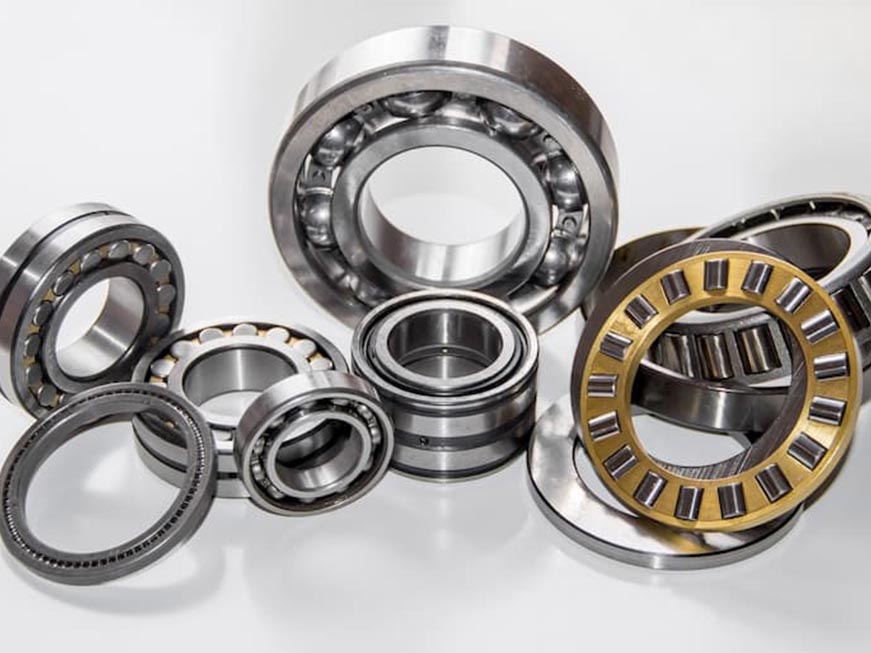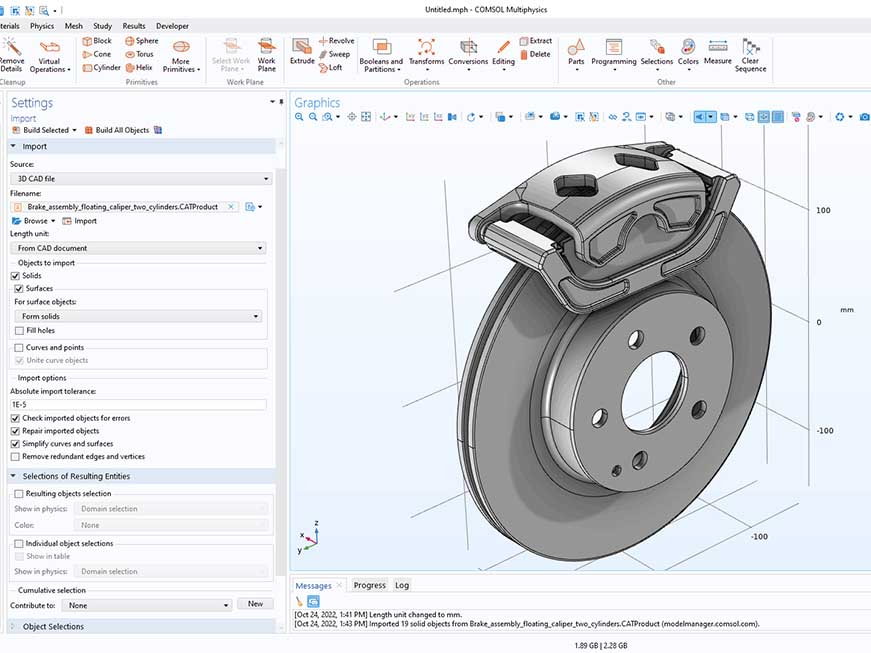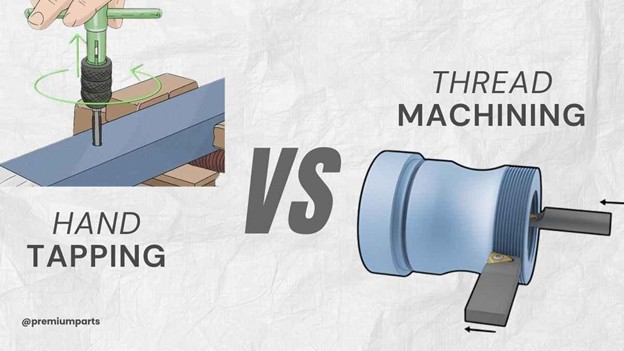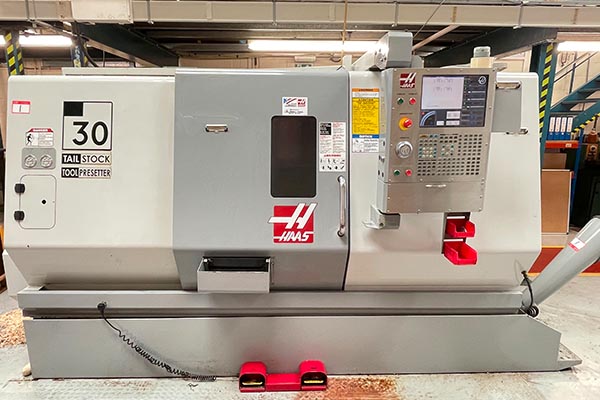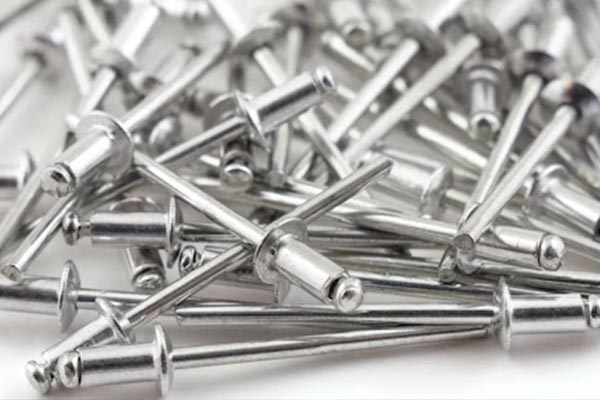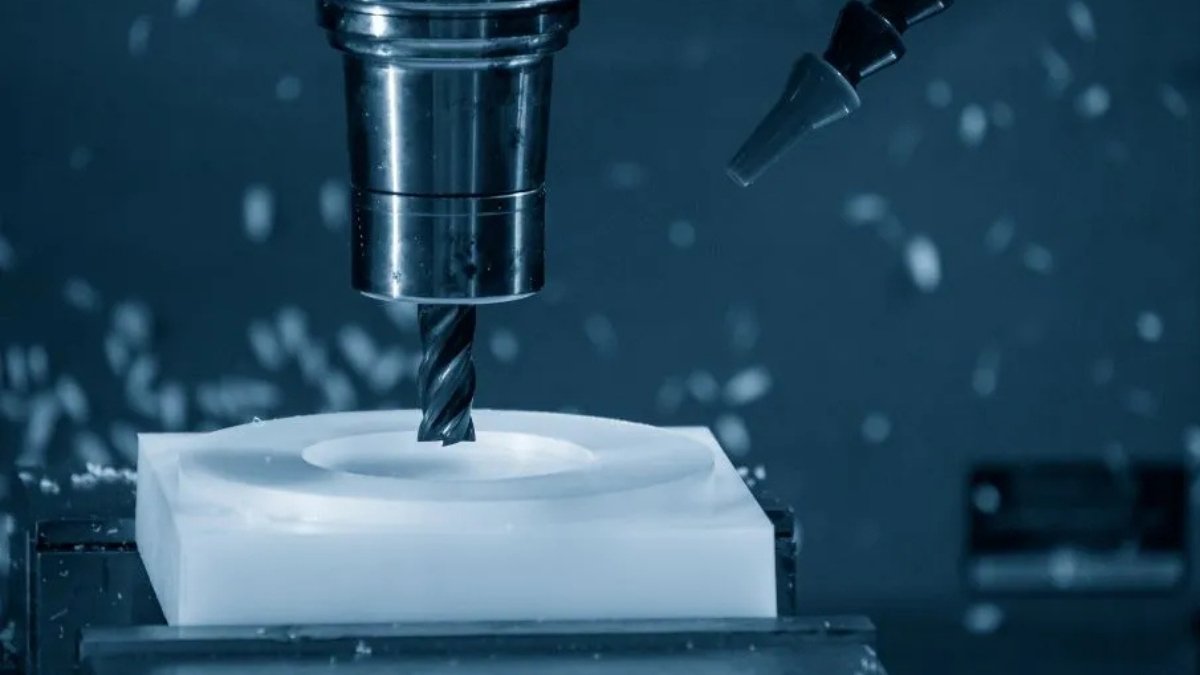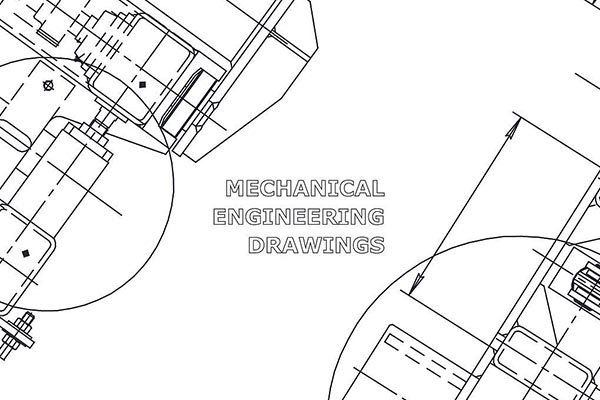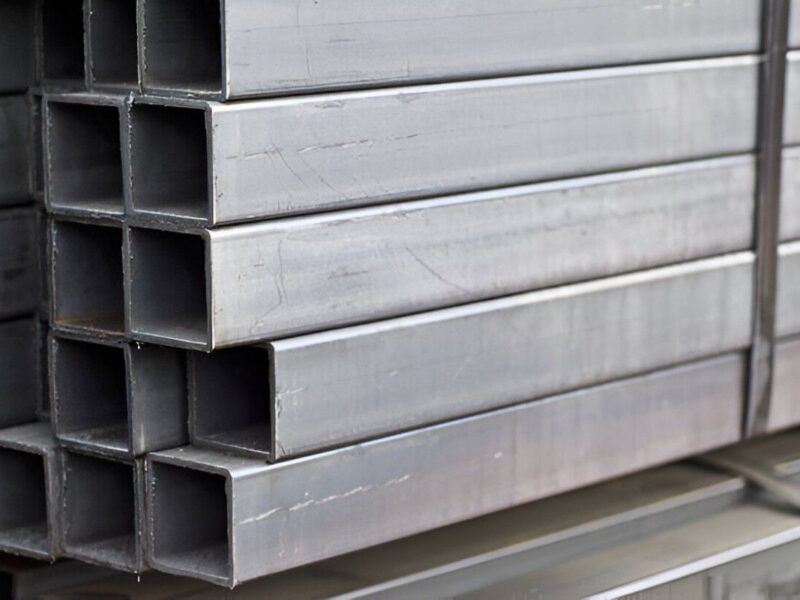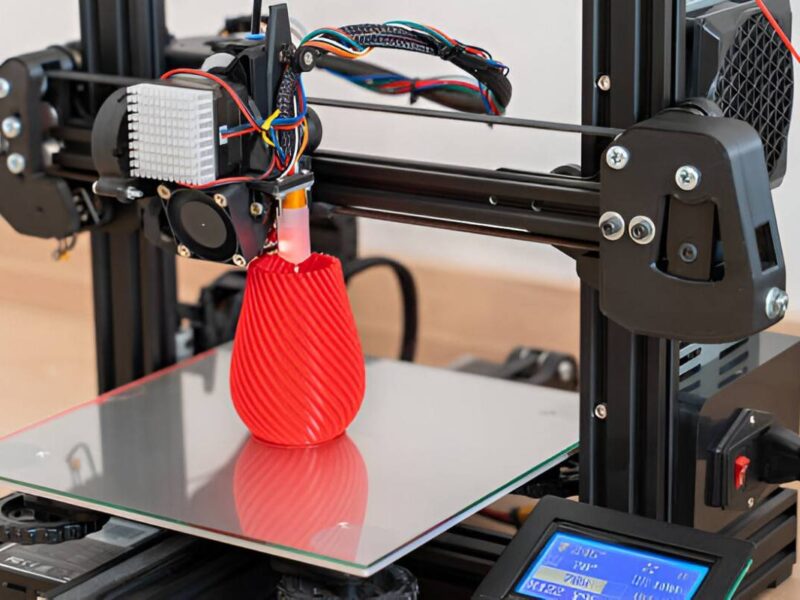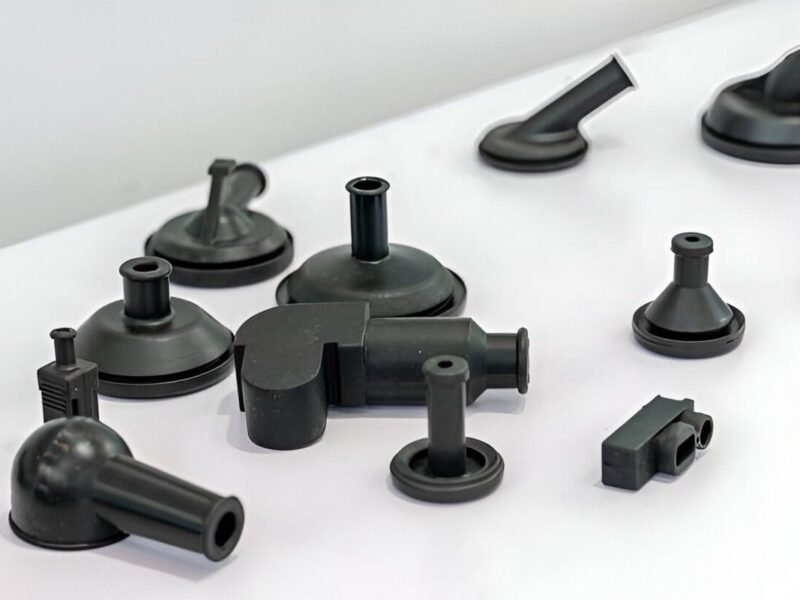Smart homes are no longer the talk of the future. They are our present, and this present relies solely on precision. From sleek smart locks to voice-controlled lighting systems, each smart project needs reliable internal components to work efficiently.
Now this is where CNC-machined metal parts come in. These components are known for their accuracy, precision, and durability. Therefore, they form the backbone of smart home projects.
In this article, we are going to explore CNC-machined parts and how they are employed to create high-performance components for smart home projects.
Introduction – Why Smart Home Projects Need Custom CNC-Machined Parts
The idea of Smart home projects comes from Home Automation. It refers to integrating technology into our everyday lives to make things easier, more convenient, and more efficient.
Day by day, smart home devices are becoming widely adopted. With this, the demand for reliable, high-quality, and secure internal components is growing drastically. This increasing demand can be met by making use of CNC-machined parts.
CNC stands for computer numerical control. So, computer-controlled machines are employed to cut, shape, and create metal parts. These parts are quite precise and accurate. They have a high tolerance and smooth finishes, all due to the computer control. Therefore, CNC-machined parts refer to these high-quality metal components that can then be integrated into smart home projects.
Listed below are some smart home projects and their relevant CNC-machined parts.
Sensor Housings
Compact enclosures for temperature or humidity sensors. They’re usually made of aluminium to provide durability.
Smart Lock Systems
Machined components like mounting plates and others that make up the primary locking system – deadbolts, cams, and rotors – are the CNC-machined parts.
Motorized Blinds
Structural mounts for blind rollers and driver shaft components. They allow for smooth and automated blind movement.
Wall-mounted Control Panel Housing
Enclosures for central control panels that serve as the central command interface for automated systems like lighting, security cameras, HVAC (heat, ventilation, air conditioning), and alarms.
Smart Surveillance or Security Systems
Smart camera mounts and embedded weather-proof enclosures. They provide stability and are heatproof.
Touch Switch Frames
Metal frames and backplates for touch switches are used in lighting and control panels.
Benefits of Choosing CNC-machined Parts for Smart Home Projects
Allow for Customisation
Off-shelf components are often mass-produced following a standard protocol. They may work well for certain setups, but when it comes to modern projects, they often fail.
In particular, ready-made enclosures may not align with certain sensors; exposed components should match the interior of a place for aesthetic appeal; furniture-related systems may require certain shaped components.
Smart home systems, for example, have certain precision and aesthetic requirements that can only be met by custom-designed parts.
In such scenarios, the use of CNC-machined parts ensures that each component meets the strict criteria and performance requirements set to deliver long-term functionality and high reliability. From making customised parts to intricate designs built in small crevices, CNC-machined parts help businesses deliver a quality that is superior to the promises made to their customers.
Low Volume, High-precision Customization
During the early stages of product development, developers often go through hundreds of prototypes before finalising something that meets their stringent requirements. CNC-machined parts allow engineers and developers to test multiple iterations with fast turnaround times, producing smaller batches. This helps save both time and monetary costs.
Smart home projects require a versatile range of components – all of which can be mass-produced using this precision machinery that allows you to find and repair any faults at the early stages. With quick fixes comes design flexibility. As in, the prototype can be quickly molded based on customer responses as well.
To conclude, the low-volume and high-precision customization of CNC-machined parts allows for rapid prototyping and iterative development of smart devices.
Metal Selection Guide – Ideal Metals for Smart Home Environments
When designing smart home projects, it is essential to choose the right metal to manufacture CNC-machined parts. A lot of factors have to be taken into consideration: strength, electrical conductivity, thermal conductivity, resistance, corrosion, and aesthetic appeal.
Following is a list of metals that are considered the best material for CNC carving.
- Aluminium
- Stainless Steel
- Brass
- Copper
Are you in a similar boat and not sure which metal to choose for your smart component? Start with a CNC material list to evaluate all available options depending on their strength and functionality.
Smart Design Guidelines for CNC-Machined Home Parts
When designing CNC-machined parts for smart home systems, precision and accuracy alone aren’t enough. A well-thought-out design is essential to ensure cost-efficiency, aesthetic appeal, and overall, a smooth integration into existing systems.
Discussed below are three major guidelines to keep in mind.
Design for Easy Installation:
The CNC-machined components that you design must be easy to use. Try to ensure that with an instruction manual, an average person should be able to install them.
To do this, prefer making in-built mounting features. Create space for screw holes, brackets and tabs through which they can be securely mounted to ceilings, walls, etc. At the same time, ensure there is ample space to adjust wiring and cable management. Enough space and easy access to all wires will make regular maintenance easier. Lastly, use attachments or create hollow spaces where possible to reduce the overall mass. This not only lowers the structural cost but also aids with easier handling.
Balance Structural Integrity and Aesthetics Simultaneously
Smart home projects are part of the modern world. How flawlessly they function, and how aesthetically appealing they appear, matter equally. Thus, balancing the appearance and functionality of CNC-machined parts simultaneously is essential to create something that would be valued in today’s world.
The first step is to choose the right CNC material suppliers to guarantee a high-quality end product, and compatibility with the idea you are drafting. When it comes to aesthetics, smaller details often matter more than the larger picture. Focus on one thing at a time when building your smart home part.
Instead of sharp edges, opt for chamfers and fillets, which are angled and rounded edges, respectively. In terms of functionality, they help prevent possible cracks, especially on sharp corners in components like mounted frames or wall housings. In case of any accidents, they also help prevent scratches and injuries. This is particularly useful when in reach of children.
Additionally, they also leave a much cleaner and polished finish, appearance-wise.
Next, certain textures also add to the overall aesthetics of a place. Since the primary focus of this article is metal parts, using matte anodized aluminium or creating a brushed finish on stainless steel are two popular examples.
Similarly, the key to a modern design is to keep it as sleek as possible. Try to design your CNC-machined parts as lightweight as possible, only adding support or thick walls where needed. Components with unnecessarily bulky parts ruin the visual vibe of a scene..
Optimise for CNC Machining Efficiency
To get faster yet cost-effective results from CNC-machined parts, work with designs that are easier for the machines to create. For instance, avoid building deep or narrow pockets because it is hard for the machine to reach deep cavities. This makes it time-consuming and increases the wear and tear, making it expensive to operate. Likely, the machine cannot access easily any sharp corners, internal edges, or blind spots.
Further, try to standardise certain features to save on production costs. For example, if you set a standard hole size (and depth), you can use the same drill size for all parts. It is always advised to avoid any unnecessary complexity that may come from intricate designs or unusual cosmetic features, which add hours of labour to the production time.
Finishing Touches – Making Smart Home Parts Aesthetically Compatible
We just discussed that any exposed components must look as good as they perform. Thus, adding some finishing touches to the final product can do wonders for your CNC-machined parts. The right kind of finishing not only enhances the visual appeal but also adds to the durability and functionality of the component.
Employing techniques like anodizing, brushed finishes, or bead blasting can add refined textures while doubling as a protective topcoat. This will make the metal components more resistant to corrosion and rust. Especially for devices like control panels or touch switches, it will help reduce the appearance of scratches and fingerprints.
Following the same idea, people now prefer their tech to blend in with their interior design, and not stand out. It is preferred to adopt finishes that reflect the popular interior trends in your surroundings. Generally, matte black, metallic silver, or rose gold components are likely to complement modern aesthetics.
When it comes to CNC-machined parts, metals are the first choice for many. However, small corners or panels can be built by using CNC wood. Plywood and birch are some good options in this case.
For components that will be touched frequently, their texture will greatly impact how your product is valued in the market. For example, control knobs, switches and extended bars should have a smooth texture to ensure positive user feedback. Additionally, frequently used and always-exposed components should be coated with sealants to avoid smudges and reduce wear and tear over time.
Conclusion
As smart homes are becoming more widely adopted, the demand for accurate, precise, and durable custom-built components is growing exponentially. CNC-machined parts are the ideal solution for manufacturing individually tailored components that combine mechanical strength with design flexibility.
Now that you have the perfect guide, what are you waiting for? Go ahead and invest your money into a smarter, stronger, and more polished home from the inside out.


